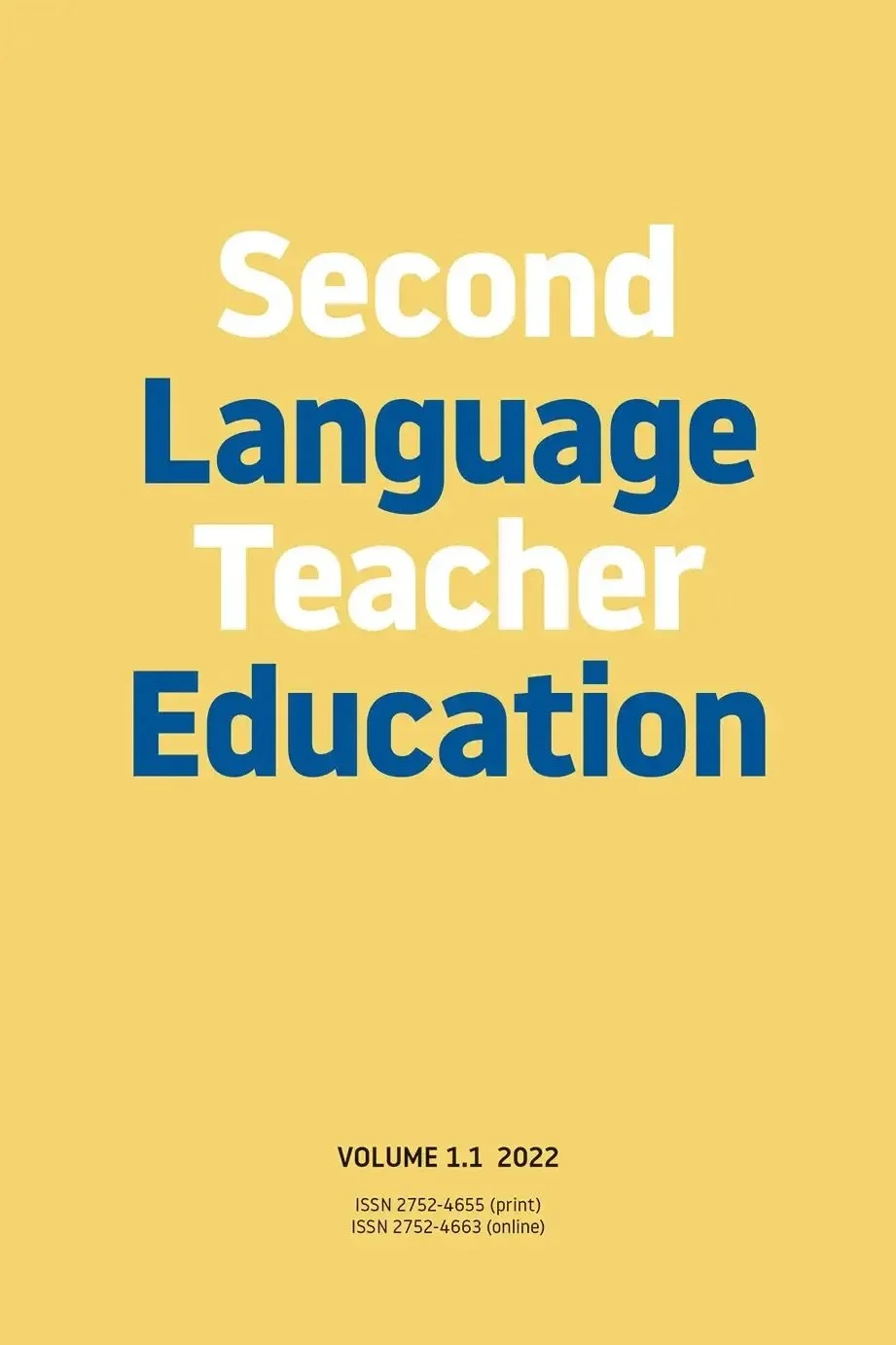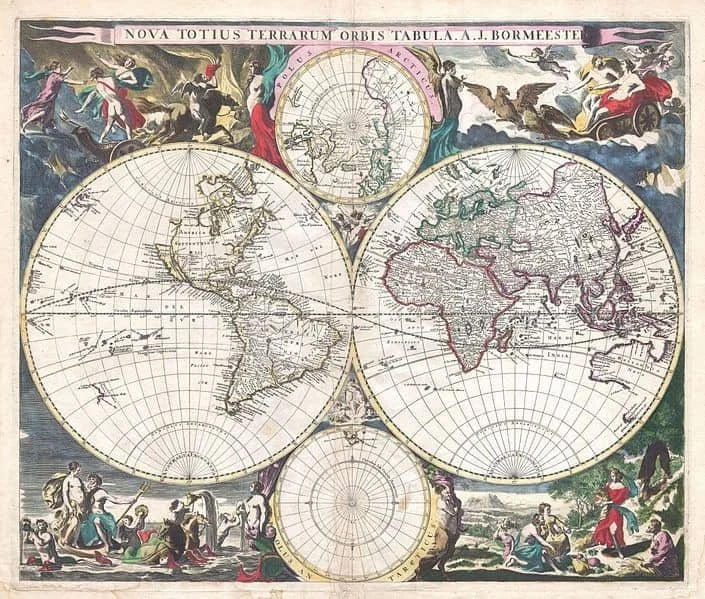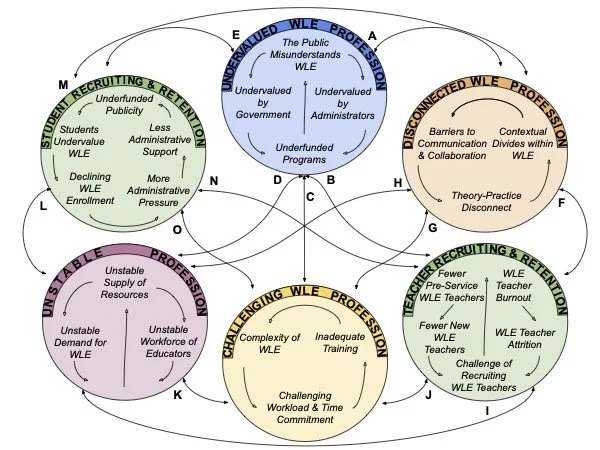Professional Challenges
in
World Language Education
Insights From Leaders
Teacher educators should understand such challenges in order to prepare novice teachers to overcome them. In fact, there is ample evidence that many language teachers assume leadership roles, but––sadly––many feel ill-prepared for those responsibilities.
This report explores the professional challenges experienced by 60 teacher leaders in world language education. The interviewees provided rich accounts of these challenges, detailing how they were interlinked, complex, related, cumulative, and ouroboric in nature.
Powers, C. J. & Bailey, K. M. (Forthcoming, 2025). Professional challenges in world language education: Insights from leaders. In H. Reinders & K. M. Bailey (Eds.). Language Teacher Leadership [Special issue]. Second Language Teacher Education, #(#).
We asked our 60 interviewees many questions related to their experiences and attitudes while serving as leaders in world language education (WLE), but one question provided such rich responses, we chose to focus this report entirely on this question: What are one or two typical challenges you have faced while working as a leader in WLE?
When analyzing the responses to this question, we identified 26 distinct challenges falling into three categories: (1) personal challenges, (2) interpersonal challenges, and (3) professional challenges. The professional challenges made up more than 98% of responses, so we chose to focus solely on this group in the SLTE special issue.
The Big Issue
The professional challenges fell into three culminating groups that resulted in a thematic idea: “WLE leadership is challenging because the profession is both undervalued and disconnected” (p. #).
The wide-spread misunderstanding of what goes on inside a world language classroom has led to the general public under appreciating the WLE profession, which, in turn, has led to the continuation of the systemic undervaluing of the profession through governmental policies. Of course, these governmental policies then affect administrative policies in schools when then affects funding for WLE programs.
Figure 3: Map of Professional Challenges in WLE (p. #).
The diversity of contexts in which world language is taught makes it difficult to easily navigate the siloed professional sectors. On top of this, there are barriers to communication and collaboration that create a disconnection from best practices.
The issue of undervaluation and the disconnection of our profession ultimately catalyze a third set of challenges that are compounded by the difficulty of being a leader in WLE.
In the publication of this article, we go into how intricately these challenges are interlinked and cumulative. When conceptualizing a graphic depiction of the relationship between these challenges, the icon of an ouroboros came to mind––a snake eating its own tail––and inspired the following depiction of an ouroboric network of professional challenges.
Figure 4: Ouroboros of Professional Challenges in World Language Education (p. #).
After we explore this intricate network of professional challenges, we synthesize what this challenge looks like for leaders working in WLE:
WLE leaders continuously grapple with the interconnected nature of professional challenges as well as divisions within the field. Since WLE is “between a rock and a hard place all the time” (I-41), leaders must advocate for WLE despite fighting “an uphill battle” (I-7) that is “just never over” (I-8). (p. #).
Navigating and cataloguing these challenges within the WLE field inspired Cal to integrate this focus on challenges in the Professionall Pathways Podcast. Check out the podcast to explore the other kinds of challenges educators face on a daily basis.







